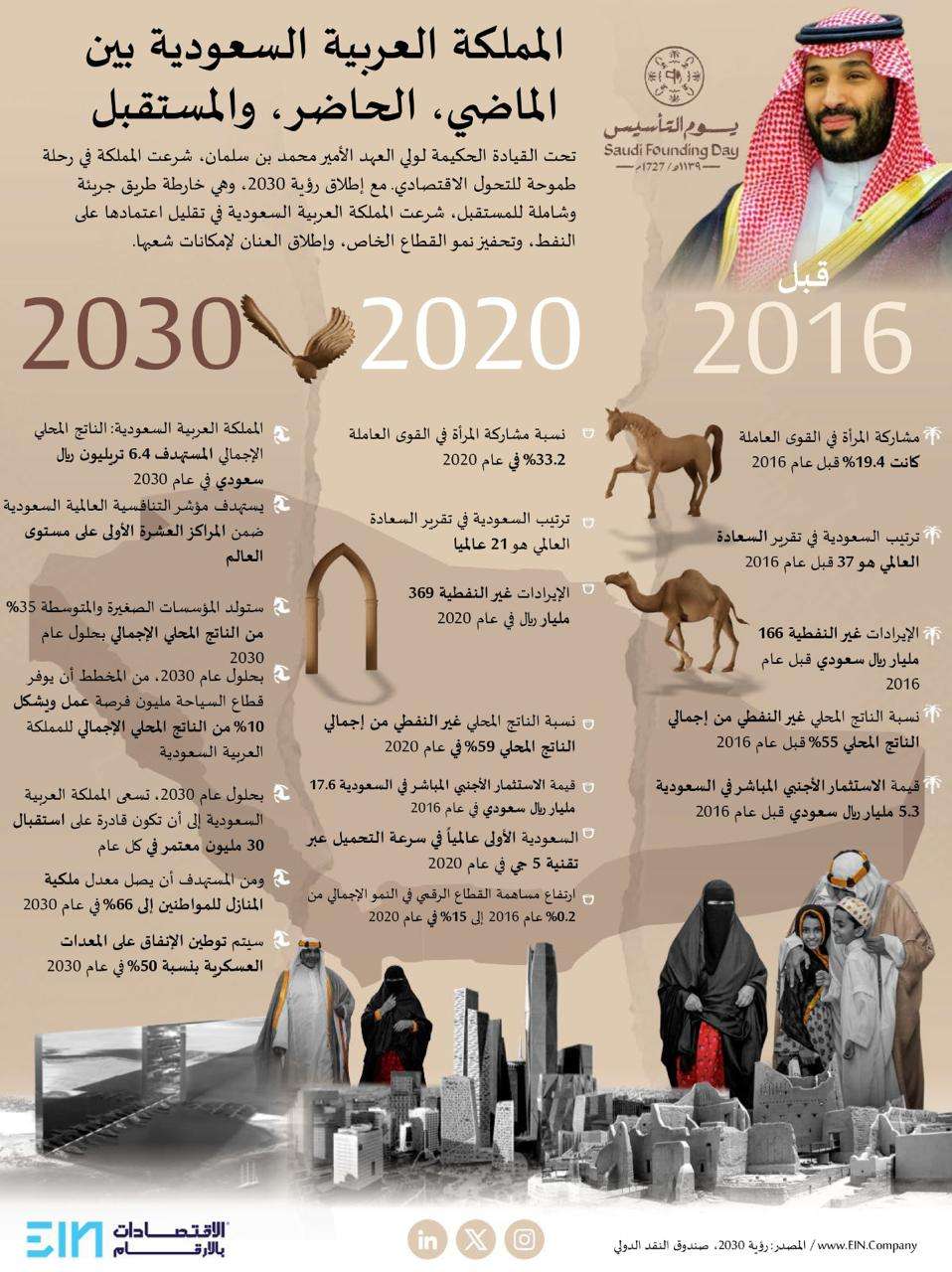- Home
- Economic concept
-
Country Analysis
United Arab Emirates
- Services
- Blogs
- About us

Saudi Arabia boasts one of the largest and most dynamic economies in the region. With a strategic geographical location, substantial oil reserves, and ambitious economic reform initiatives, the Kingdom of Saudi Arabia has been a key player in the global economy.

The Saudi Arabian economy has traditionally been heavily reliant on oil exports, which have historically accounted for the majority of government revenues and GDP. However, in recent years, the Saudi government has been actively pursuing economic diversification strategies to reduce dependency on oil and promote sustainable growth across various sectors.
According to GASTAT, Saudi Arabia’s GDP stood at approximately 2.9 Trillion SAR in 2022, making it the largest economy in the Middle East and North Africa region. The country’s GDP per capita, a measure of wealth per person, was estimated at around 91K SAR in the same year, reflecting its high-income status.
One of the key pillars of Saudi Arabia’s economic diversification efforts is the Vision 2030 initiative, launched in 2016 by Crown Prince Mohammed bin Salman. This ambitious roadmap outlines a series of reforms aimed at transforming the kingdom into a global investment powerhouse and a hub for innovation and entrepreneurship.
As part of Vision 2030, Saudi Arabia has been implementing a range of economic reforms to stimulate private sector growth, attract foreign investment, and create job opportunities for its rapidly growing population. These reforms include privatization initiatives, regulatory reforms, and investments in infrastructure and human capital development.
One of the sectors targeted for diversification is tourism. With its rich cultural heritage, historical landmarks, and natural attractions, Saudi Arabia has been working to develop its tourism industry as a key driver of economic growth. In 2019, the kingdom launched the “Saudi Seasons” initiative, a series of cultural and entertainment events aimed at promoting domestic and international tourism. According to the Saudi Tourism Authority, the tourism sector is expected to contribute significantly to the country’s GDP and job creation in the coming years. By 2030, the tourism sector is planned to generate one Million jobs and participate as 10% of Saudi Arabia’s GDP which improve the private sector to grow more.
Another area of focus for economic diversification is the technology sector. Saudi Arabia has been investing heavily in building a thriving startup ecosystem, with initiatives such as the establishment of tech hubs, incubators, and accelerators. Saudi Arabia is ranked first in the world for 5G download speed in 2020. The kingdom’s Public Investment Fund (PIF) has also been actively investing in technology companies both domestically and internationally, with a particular focus on sectors such as artificial intelligence, fintech, and renewable energy.
In addition to diversification efforts, Saudi Arabia has also been taking steps to improve its business environment and attract foreign investment. The kingdom has implemented various regulatory reforms to streamline bureaucratic processes, enhance transparency, and protect investors’ rights. These efforts have been recognized by international organizations such as the World Bank, which ranked Saudi Arabia among the top improvers in its Ease of Doing Business Index.
In conclusion, Saudi Arabia’s economy is undergoing a significant transformation, driven by ambitious economic reform initiatives aimed at diversifying away from oil dependence and promoting sustainable growth. With its strategic vision, ample resources, and commitment to innovation, the kingdom is well-positioned to capitalize on emerging opportunities and become a global economic powerhouse in the years to come.
Sources:
IMF
GASTAT
Vision 2030
PIF
Our goal is to provide simple economic analysis to anyone who is interested in understanding the economic profile of an individual country.